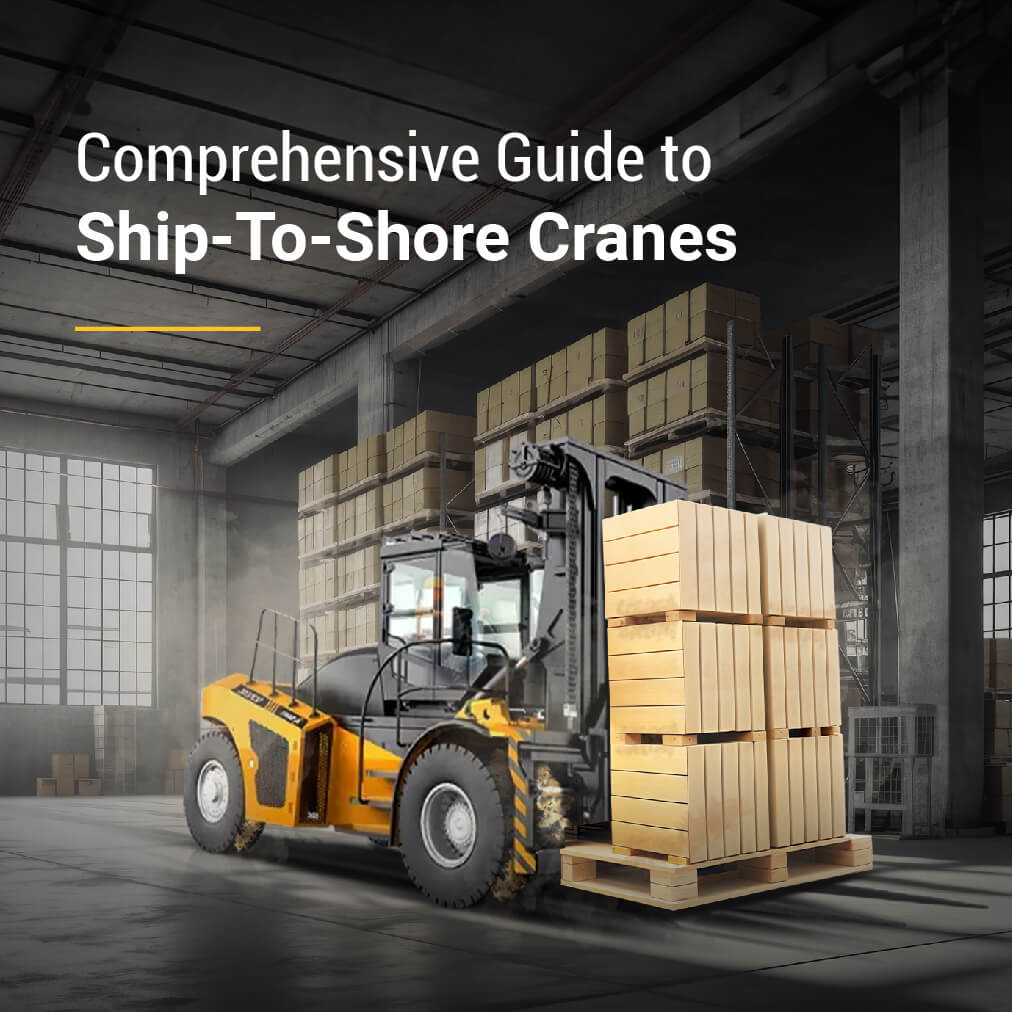Comprehensive Guide to Ship-To-Shore Cranes
Ship-to-shore cranes are essential in modern port operations, playing a crucial role in the efficient handling of cargo between ships and the dock. These towering machines are specifically designed to load and unload container ships, making them a vital part of the global supply chain. Their primary function is to transfer containers from vessels to the shore and vice versa, ensuring a smooth and continuous flow of goods. Understanding how these cranes operate is key for professionals in maritime and logistics industries, as their performance directly affects the speed, safety, and efficiency of port activities. By the end of this guide, you will have a comprehensive understanding of ship-to-shore cranes, which will help you appreciate their critical role in maritime operations and make informed decisions in your professional work. There are several types of ship-to-shore cranes, each suited for different operational needs and environments. Rubber-Tyred Gantry (RTG) cranes are mobile cranes that run on rubber tires, allowing them to move freely within a port or terminal. They are commonly used for stacking and moving containers in container yards. Their mobility makes them ideal for operations that require flexibility and adaptability in container handling. RTGs are especially useful in ports where space is limited or where frequent repositioning is necessary. Rail-Mounted Gantry (RMG) cranes operate on fixed rails, offering stability and precision in container handling. They are typically found in larger ports with high throughput requirements. RMG cranes are well-suited for repetitive and high-volume container stacking and retrieval tasks, making them a popular choice in busy terminals. Fixed cranes are stationary and mounted in one location, often used for specific tasks like loading and unloading ships. Mobile cranes, on the other hand, can be moved and repositioned as needed, providing greater flexibility for various operations within the port. The choice between fixed and mobile cranes depends on the layout of the port and the nature of the cargo being handled. Key performance indicators (KPIs) for ship-to-shore cranes include containers moved per hour, operational uptime, and average load/unload times. Other metrics are cycle time and energy consumption. These KPIs are measured through automated systems and manual checks, providing real-time data for performance analysis and improvement. By tracking these metrics, port operators can identify inefficiencies and implement strategies to boost productivity. Optimising crane operations involves regular maintenance, skilled operator training, and proactive repairs to minimize downtime. Best practices also include leveraging technology and automation. Modern cranes with advanced control systems and automation features enhance precision and consistency, reducing human error and increasing throughput. Data analytics and machine learning further optimize movements and predict maintenance needs, leading to more efficient and cost-effective operations. Understanding the complexities and advancements of ship-to-shore cranes is essential for anyone involved in port operations. This guide has covered the types, key components, operational considerations, efficiency metrics, and safety measures related to these vital machines. Continuous learning and adaptation are crucial in this rapidly evolving field to maintain efficiency and safety. At Sany India, our Ship to Shore Cranes are engineered for exceptional performance and reliability. Designed to handle various workloads across different ports, these cranes incorporate the latest technology to enhance operational efficiency. As one of the leading ship to shore crane manufacturers, we encourage organizations to explore Sany India's offerings and see how our state-of-the-art equipment can meet your port's needs, ensuring smooth and efficient cargo handling. Steel Track Undercarriage,Steel Tracks For Mini Excavator,Track Undercarriage,Excavator Undercarriage Ningbo Beilun Mingrui Hydraulic Equipment Co., Ltd , https://www.track-chassis.com
Types of Ship-To-Shore Cranes
Rubber-Tyred Gantry (RTG) Cranes
Rail-Mounted Gantry (RMG) Cranes
Fixed and Mobile Cranes
Ship to Shore Crane Specifications
Efficiency and Productivity
Performance Metrics
Optimising Operations
Operational Considerations
Conclusion